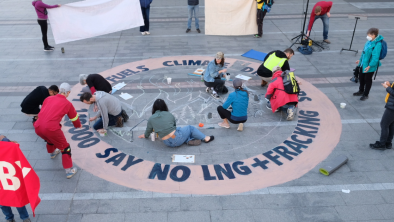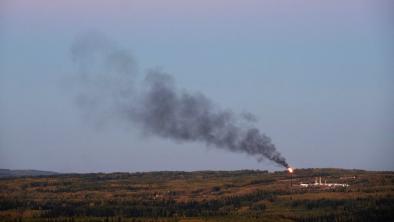Dam would drown several sites of historical significance
Friday, May 16, 2014
Globe and Mail
Sacred native sites that date back thousands of years and a fort that was the first European settlement in mainland British Columbia are among the historically valuable places that would be drowned if the Site C dam is built.
A recent Joint Review Panel report by the federal and provincial environment ministries concludes that BC Hydro could excavate many of the sites before the Peace River Valley is flooded by the proposed dam, but despite such efforts, “the existing historically valuable cultural sites would be permanently lost.”
The panel, which doesn’t recommend for or against Site C, found the proposed $7.9-billion hydroelectric project would have both a significant environmental impact and important economic benefits.
While most of the panel’s focus was on other issues, the report also looked at cultural heritage and concluded some important history would be drowned if the Peace River near Fort St. John is flooded by a reservoir.
Among the historical sites that would be under water is Rocky Mountain Fort, which was operated by the North West Company from 1794 to 1805. It was the first fort established inland, after two forts were built a few years earlier by explorers on the West Coast of Vancouver Island.
Another historical site near Rocky Mountain Fort that would be lost are the ruins of Fort d’Epinette, which operated from 1806 until it was abandoned in 1823 when five fur traders were massacred by local natives.
BC Hydro has proposed measures to salvage artifacts from the threatened sites and to rebuild the forts elsewhere, but the panel said much would still be lost.
“The proposed mitigation program of relocation, systematic data recovery, capping, monitoring and compensation-in-kind (replication) for these two sites is praiseworthy, but even if done according to artful best practices, it would result in the loss of their historical significance,” the panel states.
The report describes the Peace River valley that would be flooded as “a rich area for cultural resources,” because it was both an important trade route for the first Europeans and a travel corridor used by aboriginals for 10,000 years.
“As one participant noted, the river was a historic ‘water highway’ used by First Nations, settlers and trappers,” states the report. “Many participants spoke of the unique history of the Peace River and, in particular, this reach of the river. … The panel determines that the loss of the cultural places as a result of inundation, for aboriginal and non-aboriginal people, to be of high magnitude and permanent duration and be irreversible.”
In addition to the forts, numerous sites of cultural significance to native people would also be lost, the panel found.
“The Métis Nation British Columbia identified cultural sites in a study area around the Peace River to be birth sites, burial sites, death sites, settlements, gathering places and protection sites,” states the report.
“The Peace River valley was also described as a ‘special place’ by aboriginal groups,” the panel states. “Chief Liz Logan noted that the valley was sacred for members of Treaty 8 Tribal Association.”
The panel also states that George Desjarlais, former chief of West Moberly First Nations, said that “the singing rock,” a sacred site used for teaching and initiations near Hudson’s Hope, would be flooded by the proposed reservoir.
Other natives expressed concerns about burial sites that could be eroded by changes in river flows.
“Aboriginal participants spoke of respecting the past of their ancestors and feared that, if not cared for properly, [the remains] would become dislodged and float to the surface,” states the report.
The project needs approval by both the federal and provincial governments before it can go ahead. Both levels of government have six months to consider the report.
Photo: Tribal Chief Liz Logan speaks to fellow dignataries at a Treaty 8 First Nations agreement signing at B.C. Legislature in Victoria on Thursday, May 15, 2014.


